This class began with an informal online quiz to see what you remembered from the historical context overview in Class 2.
We then discussed your answers about your first technology-related memories: computer, phone, game, music (method of listening), and the technological innovation that most impacted your life thus far.
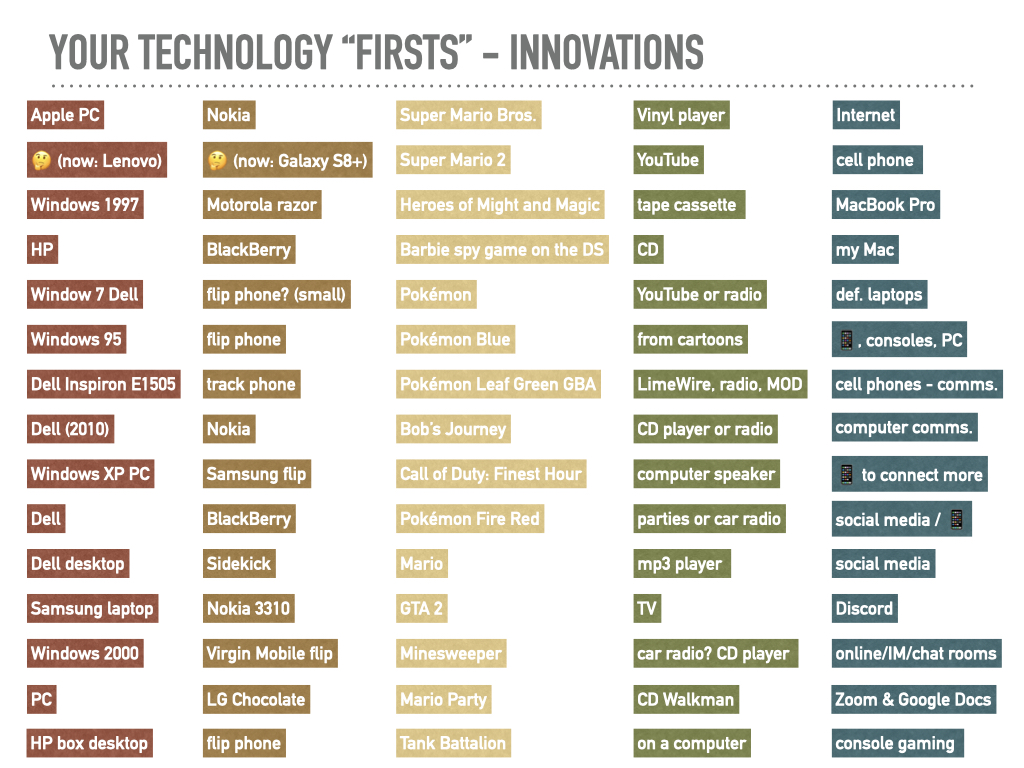
We “unpacked” your answers to consider aspects like brands, devices, types, models, service providers, colors, consoles, memories (the nostalgia factor), qualities of interaction, family/friend influence, and underlying values.
Among the major developments from our first devices to ones that we use today has been the expansion of memory storage, along with the compression of physical size. We watched this video on current experiments with a radical evolution in memory storage—
Then we transitioned to “Human-Centered Design Thinking and the role that science fiction can play in design and inventions“—
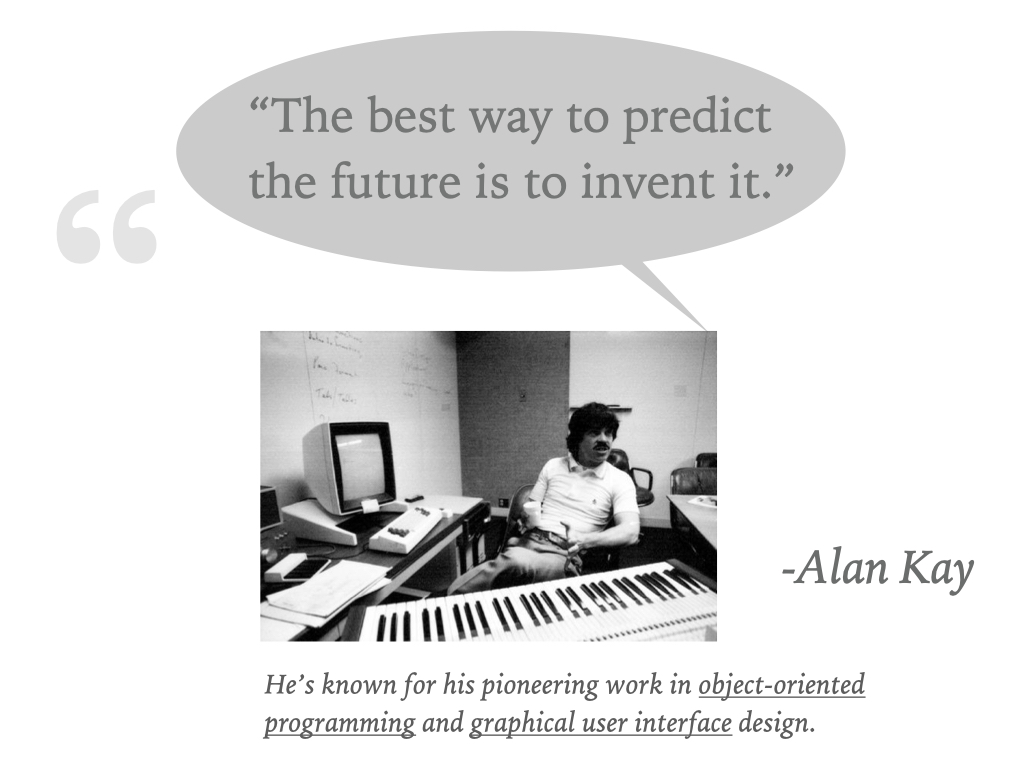
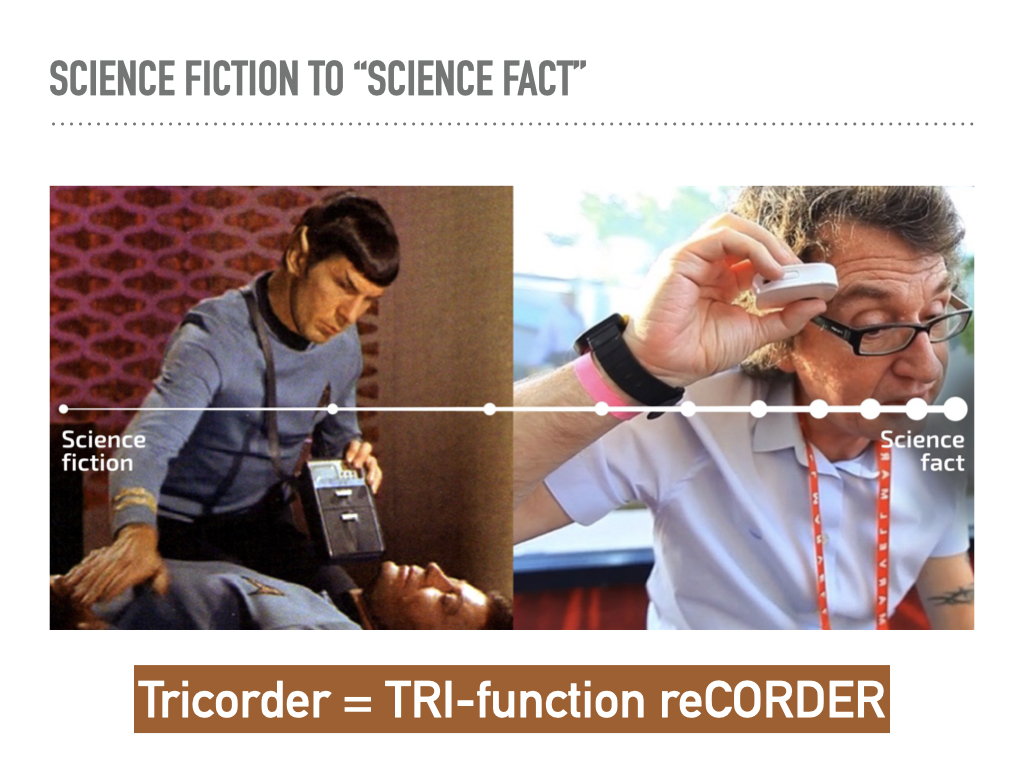
I showed this clip on Rosey the Robot from The Jetsons television series (1962-63)—
—and 40 years later, this was released into the consumer market by the iRobot company—
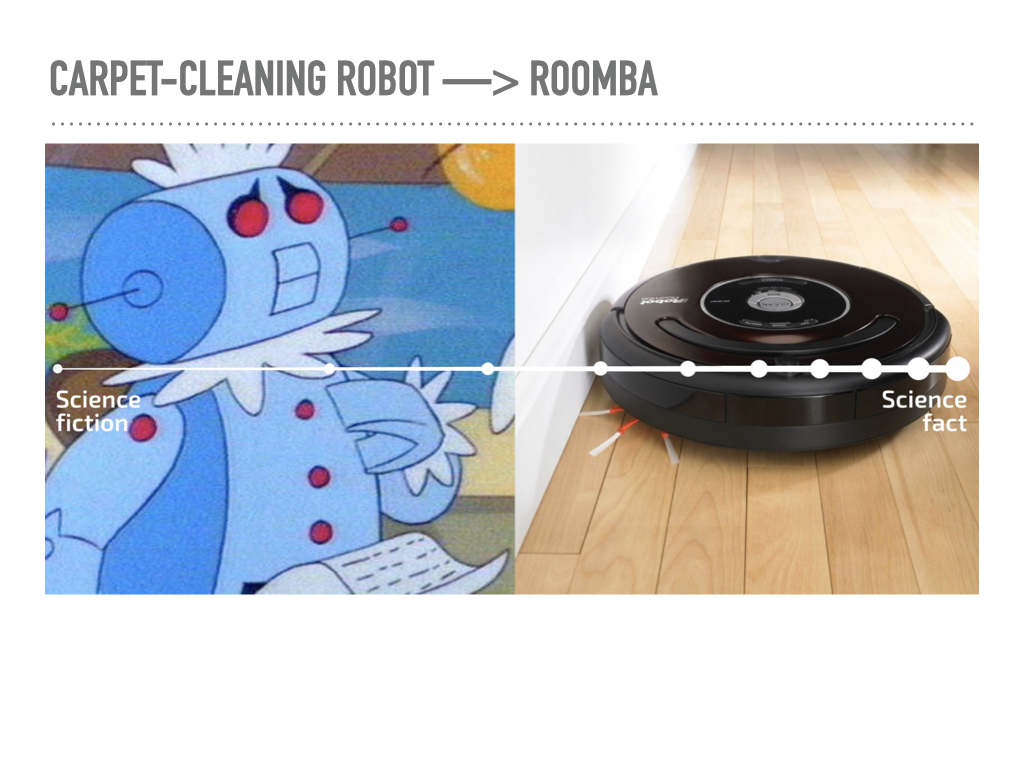

In 2012, Honda’s Asimo was the most advanced bipedal humanoid robot to date—it could walk, talk and interact with humans.

A few years later, this humanoid robot became well-known for mimicking human speech and expression. This clip from March 2016 features Sophia on the news with its creator, Hanson Robotics—
Sophia was parodied as Fiona in the HBO series “Silicon Valley”—
As of one year ago, A.I. couldn’t even pass an eight-grade science test.
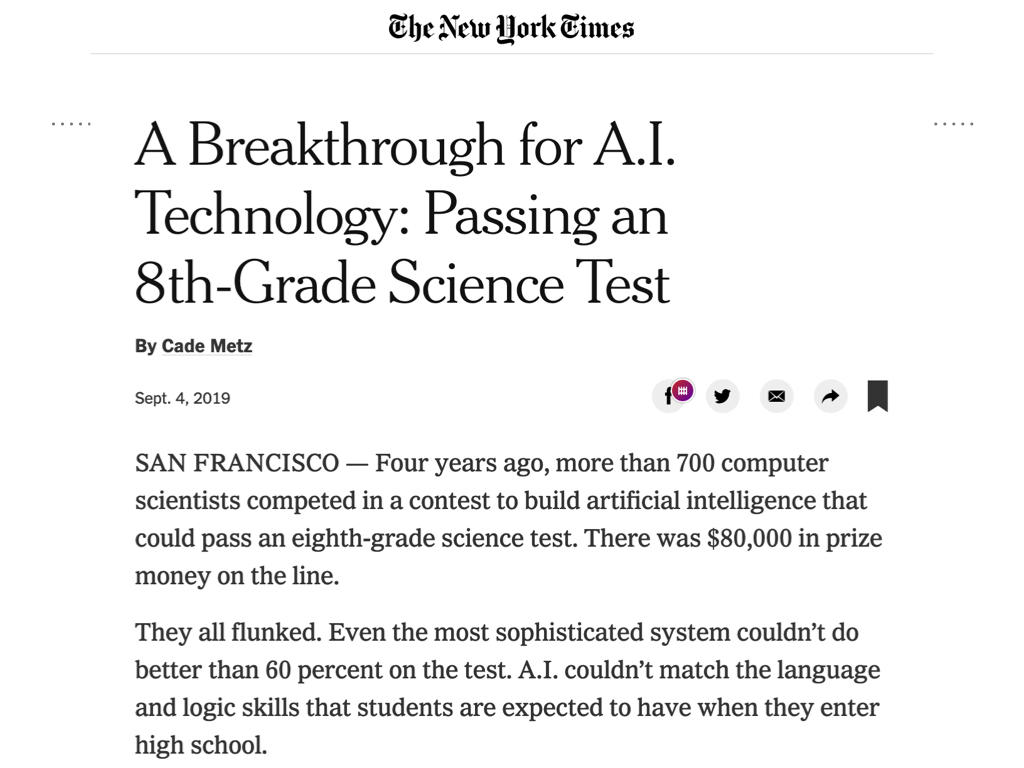
UPDATE: As of 9/8, OpenAI’s “powerful new language generator” was able to write an entire essay from scratch.
We briefly discussed the documentary from the first assignment, The Digital Promise, and the variety of questions that it raised—
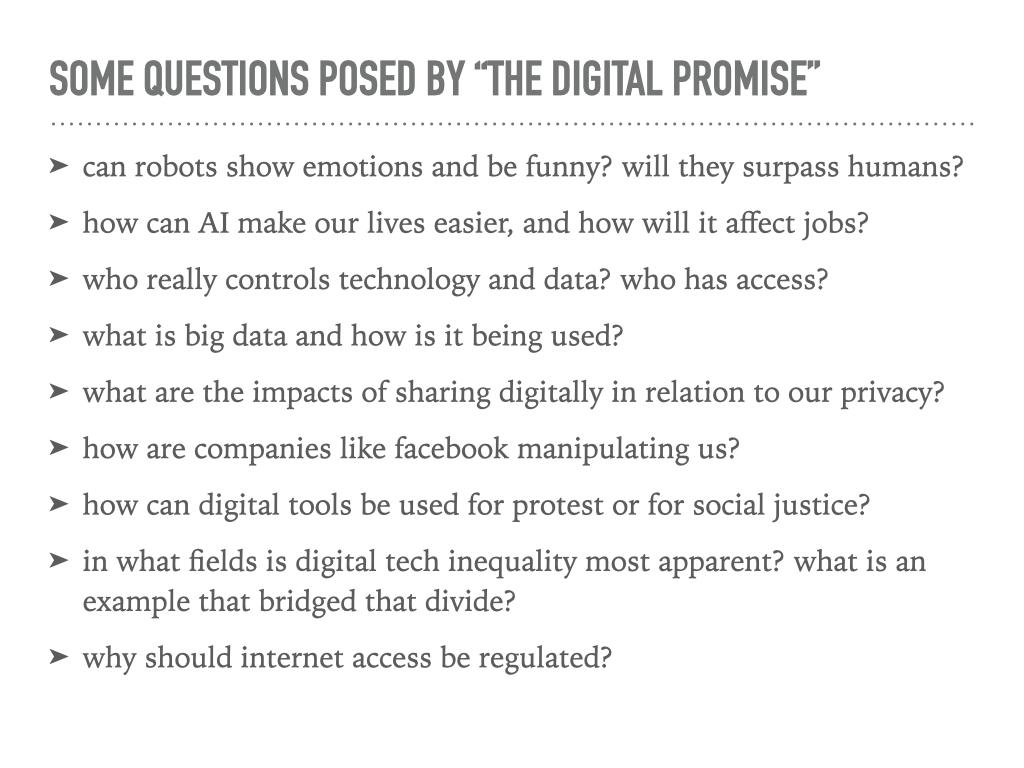
I then went over four design methodologies that we’ll utilize, synthesize, and simply during a design exercise in the next class—
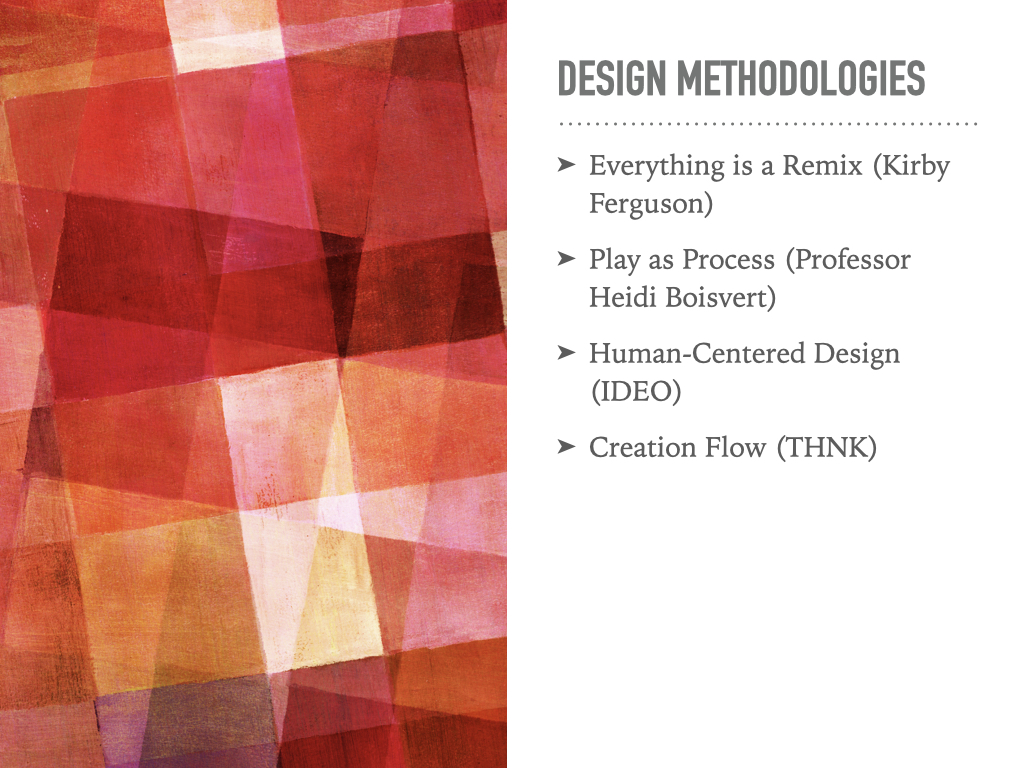
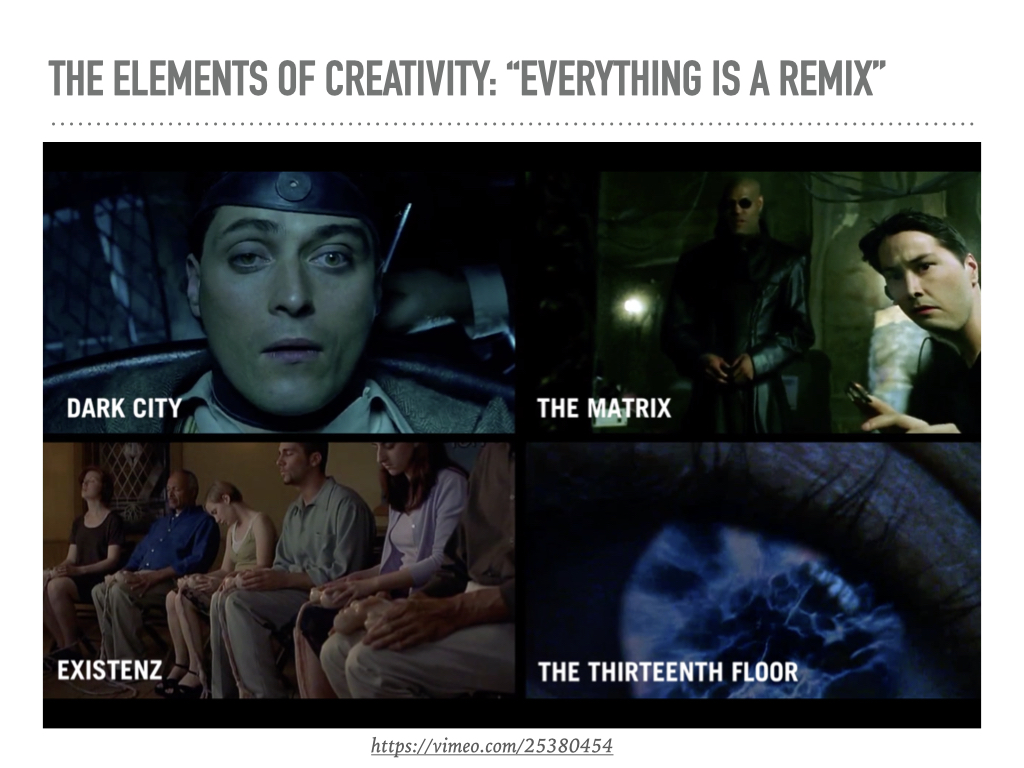
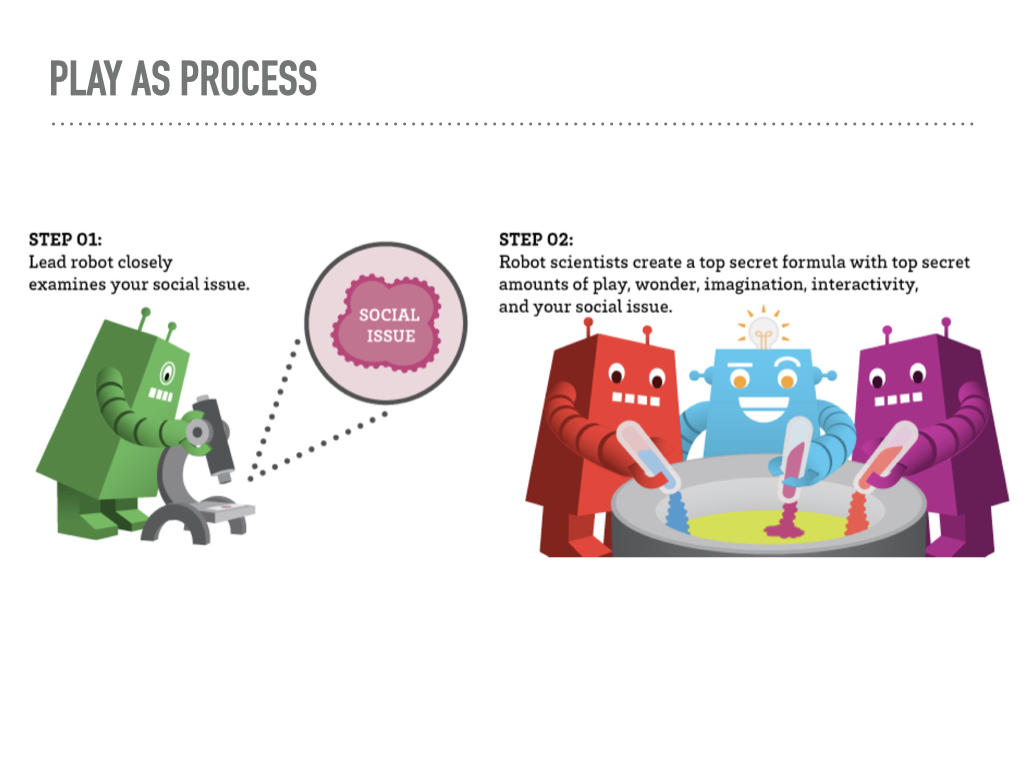
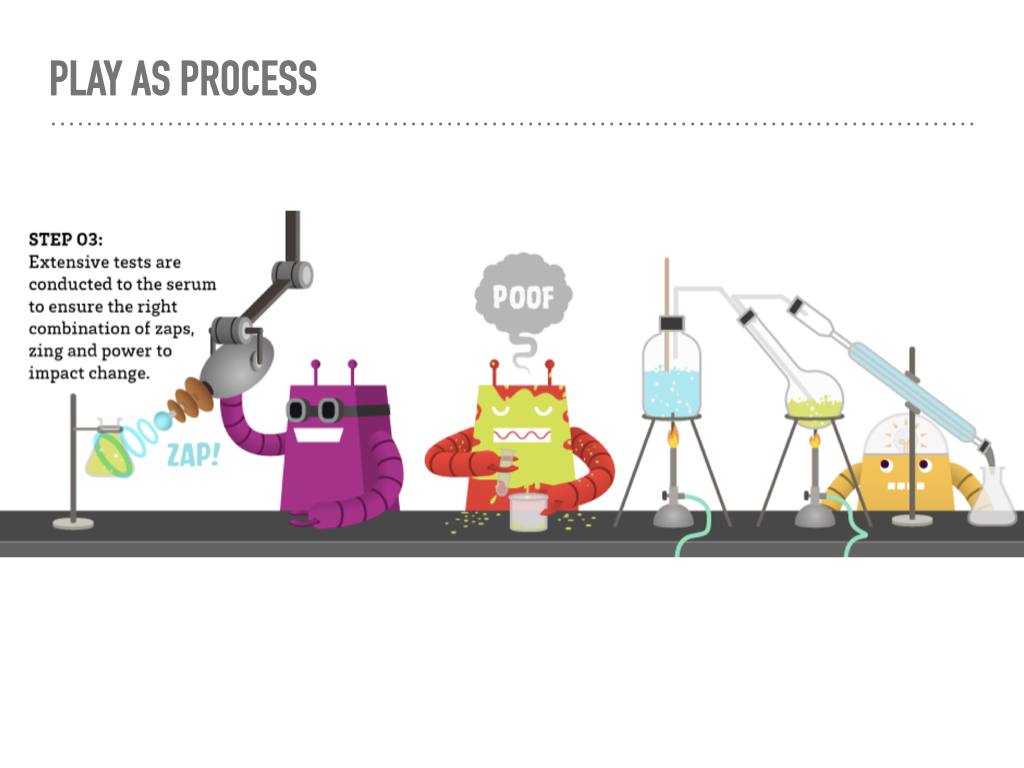


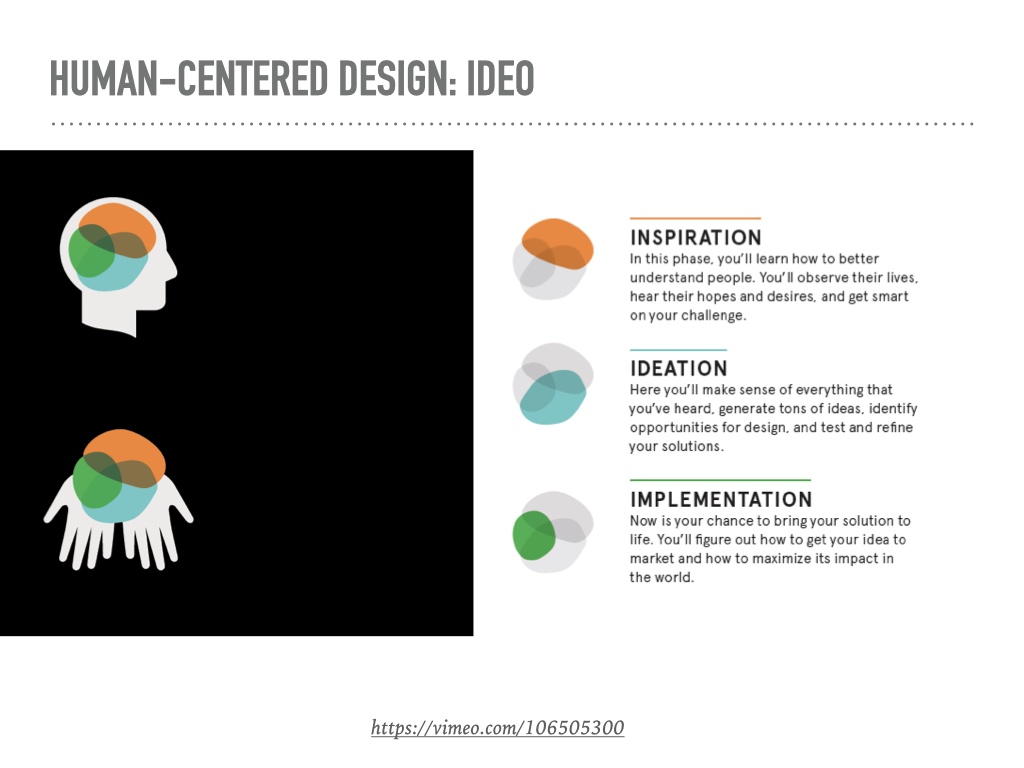
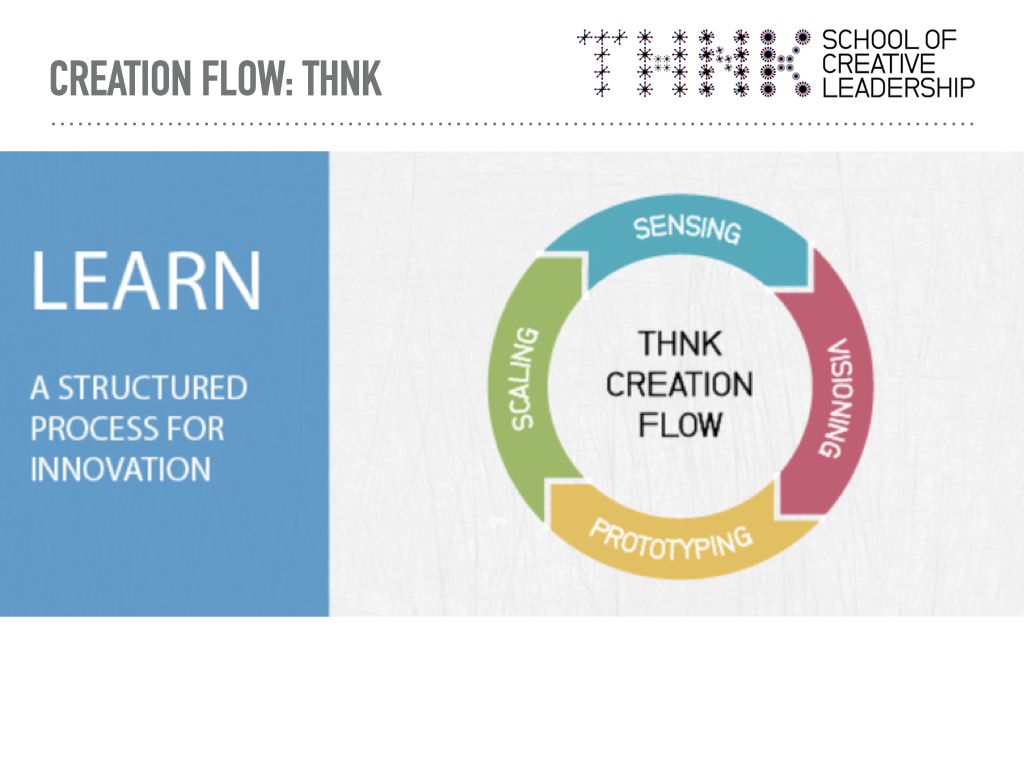
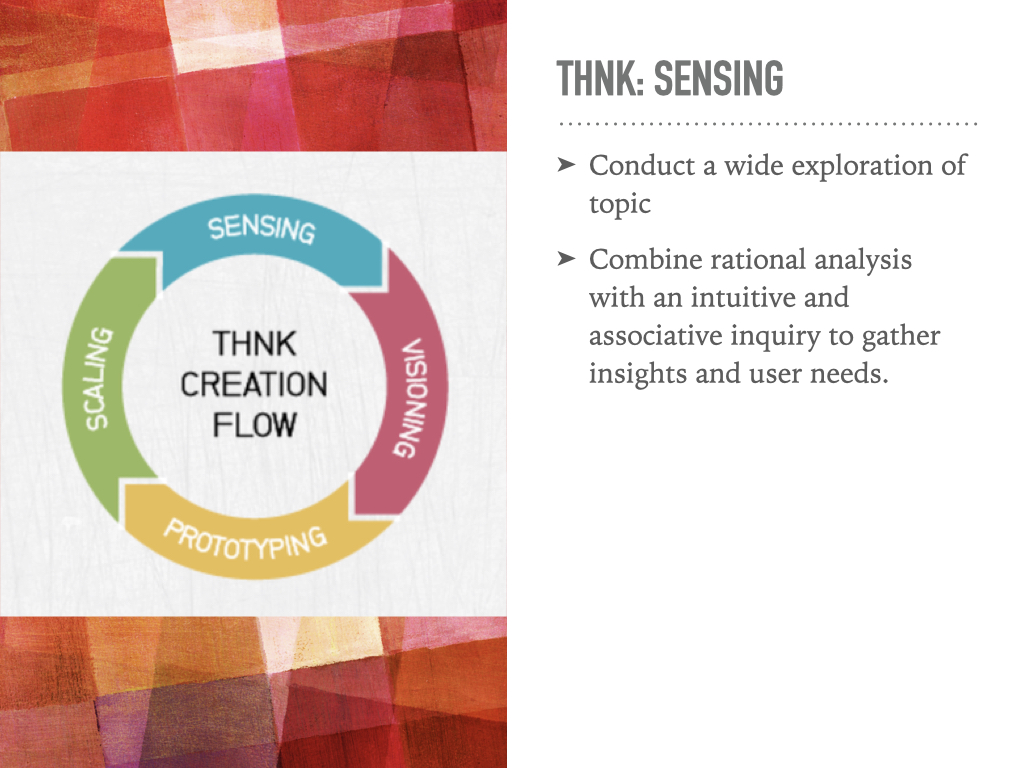
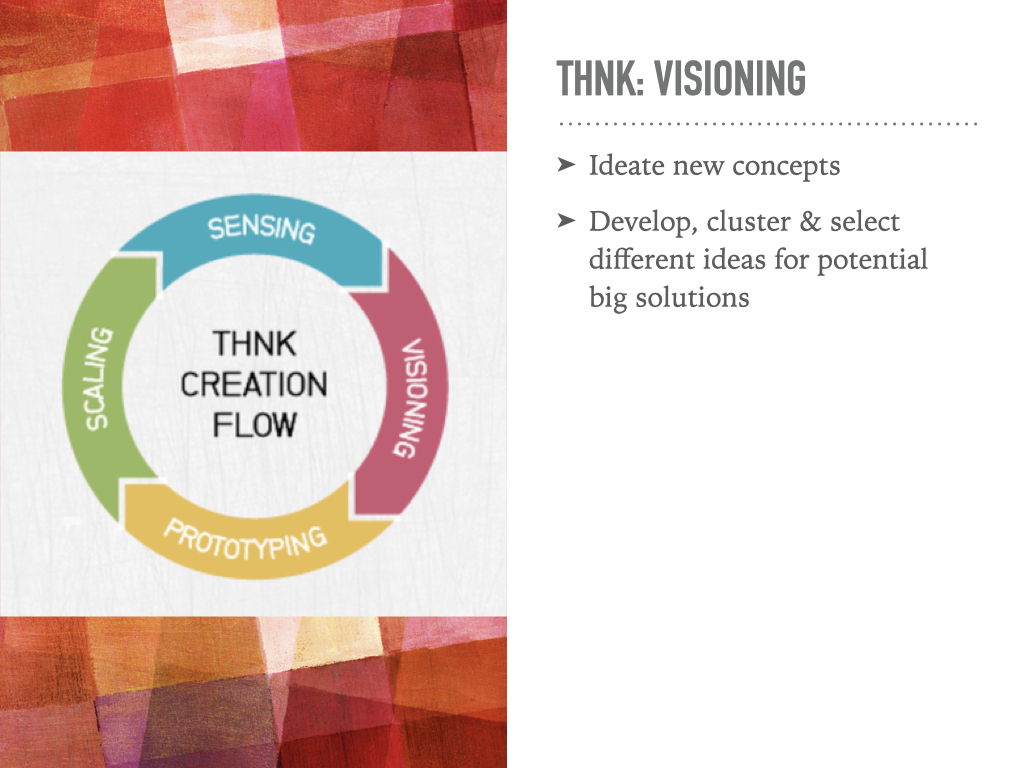
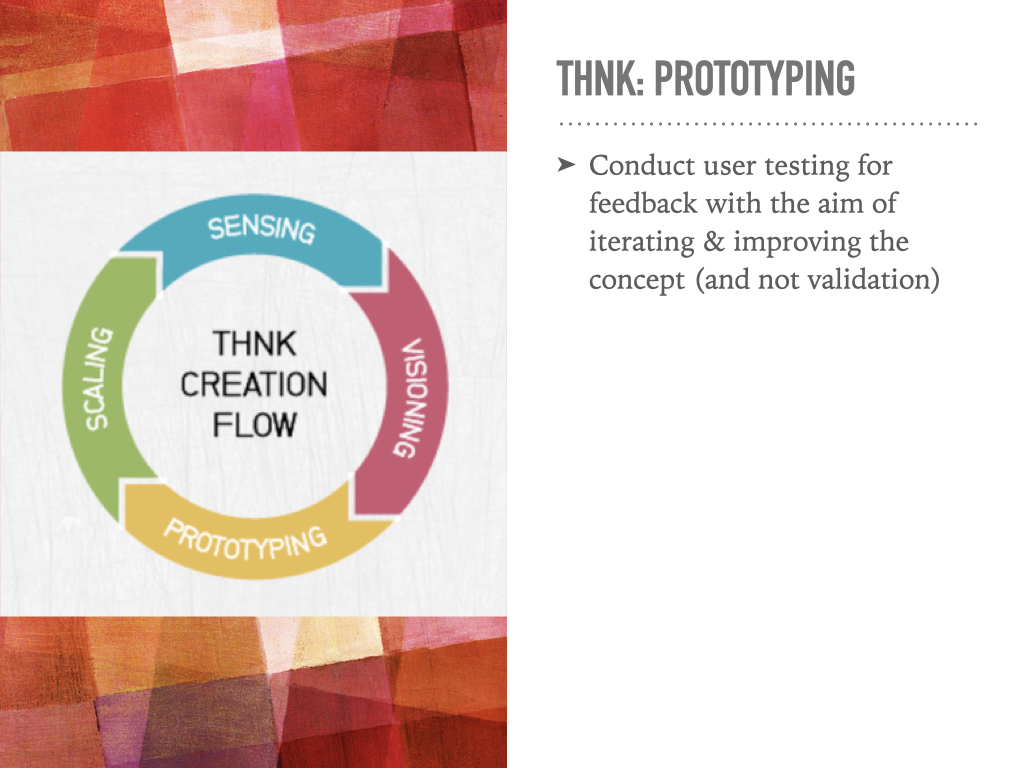

Feel free to add any comments on this post with relevant ideas, article links, etc., and refer the Assignments page for details on Assignment 2.
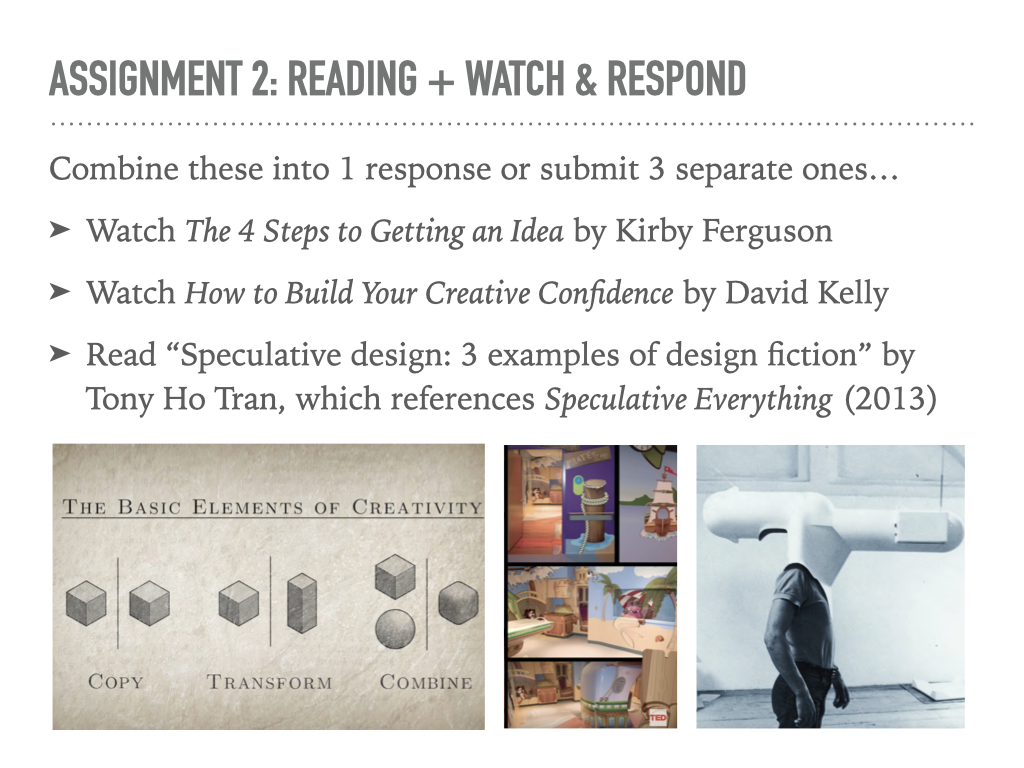



Leave a Reply